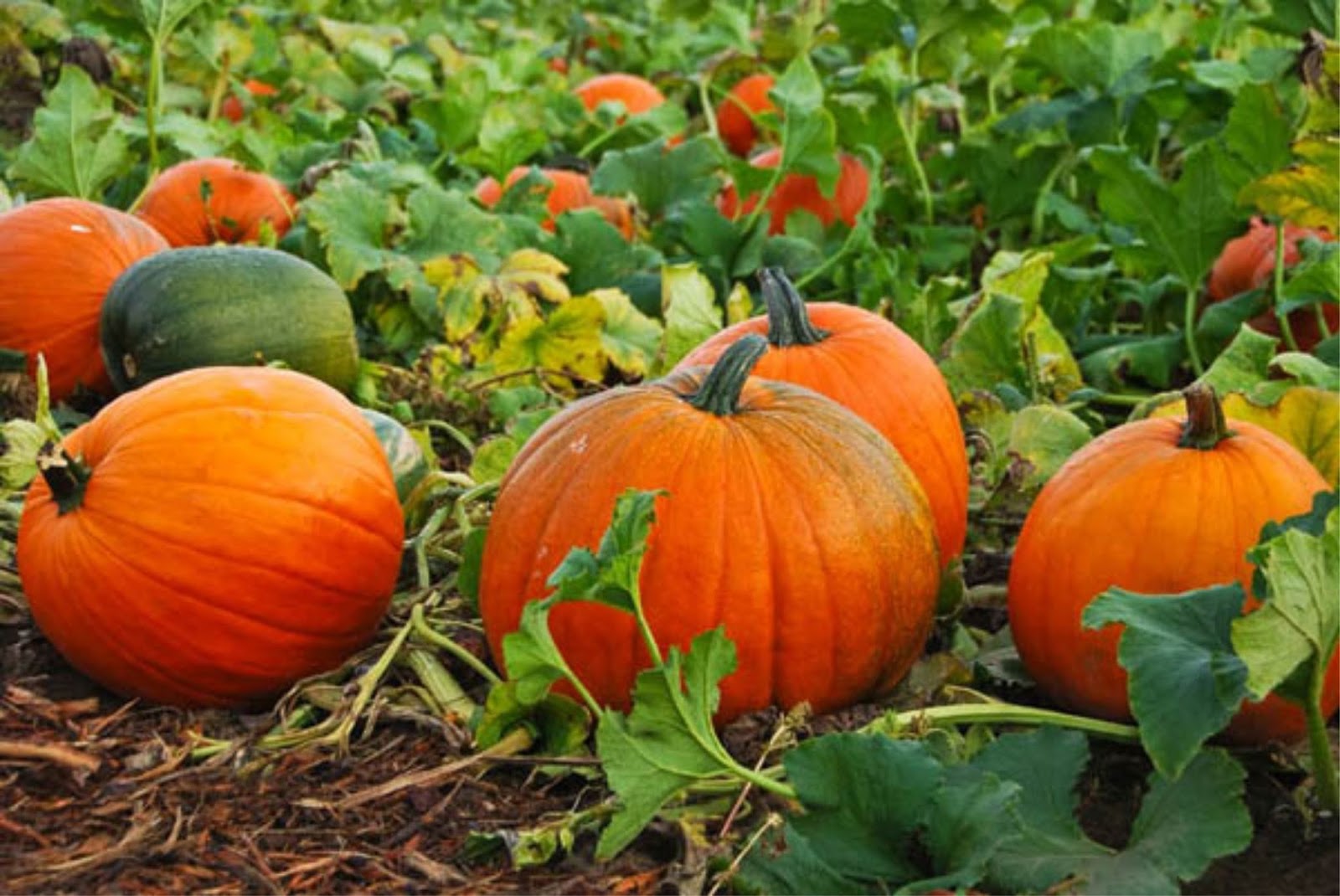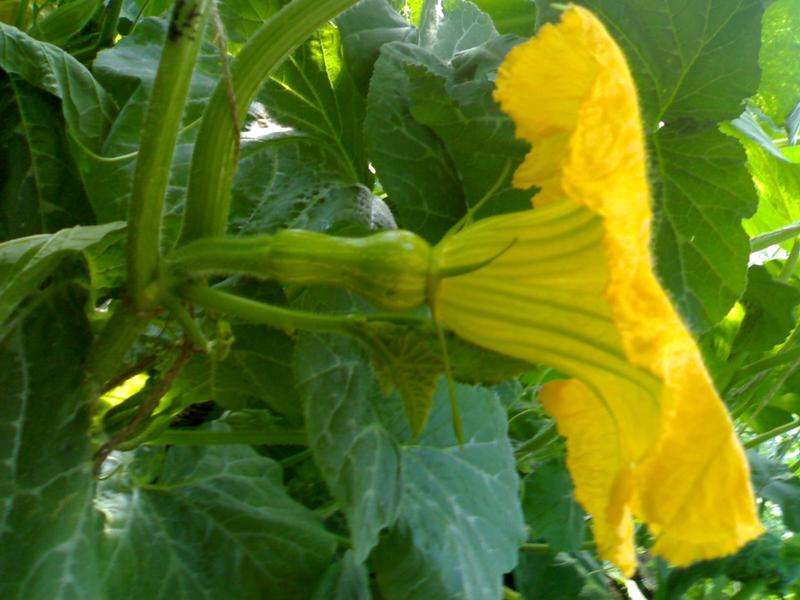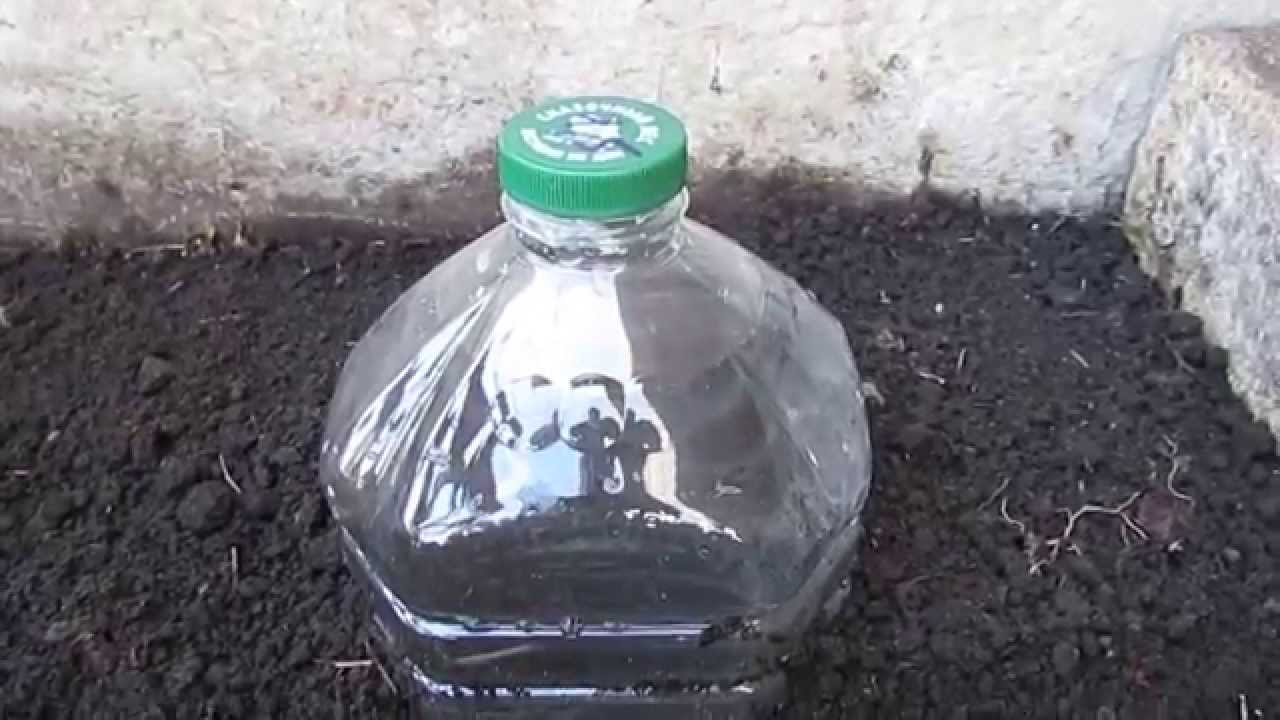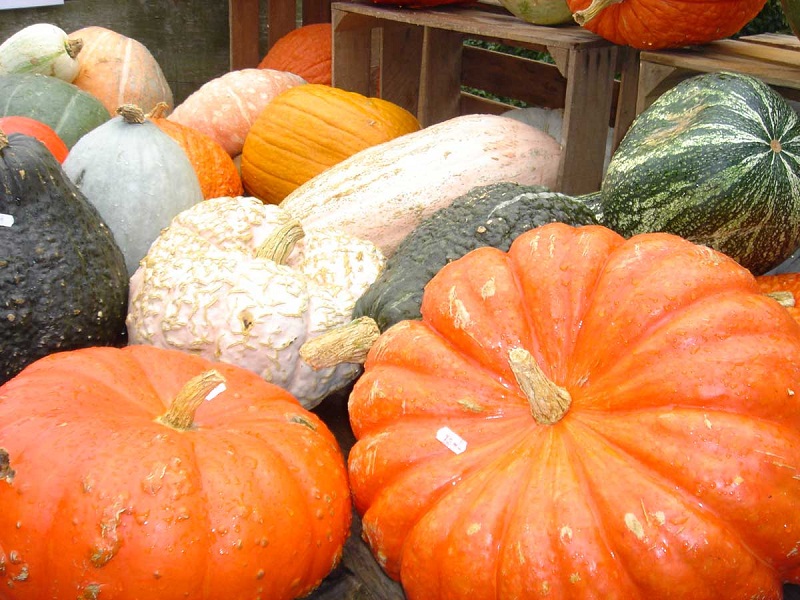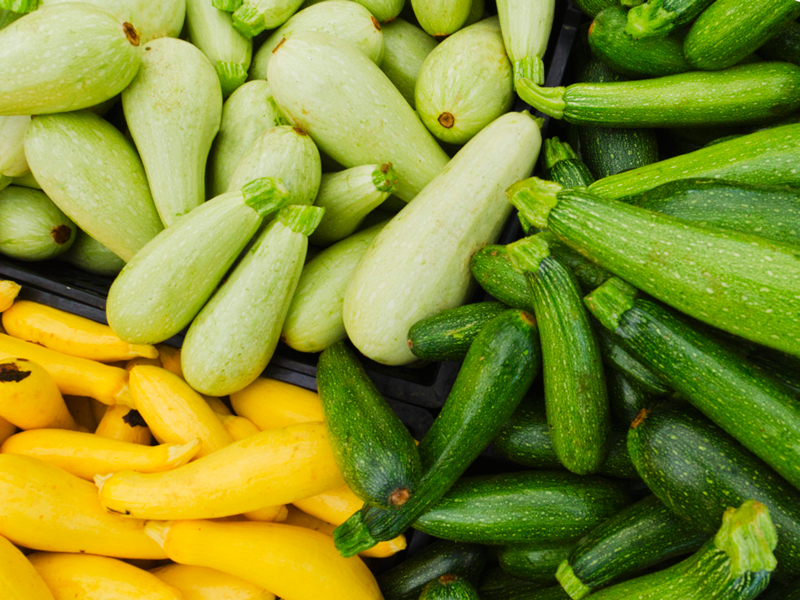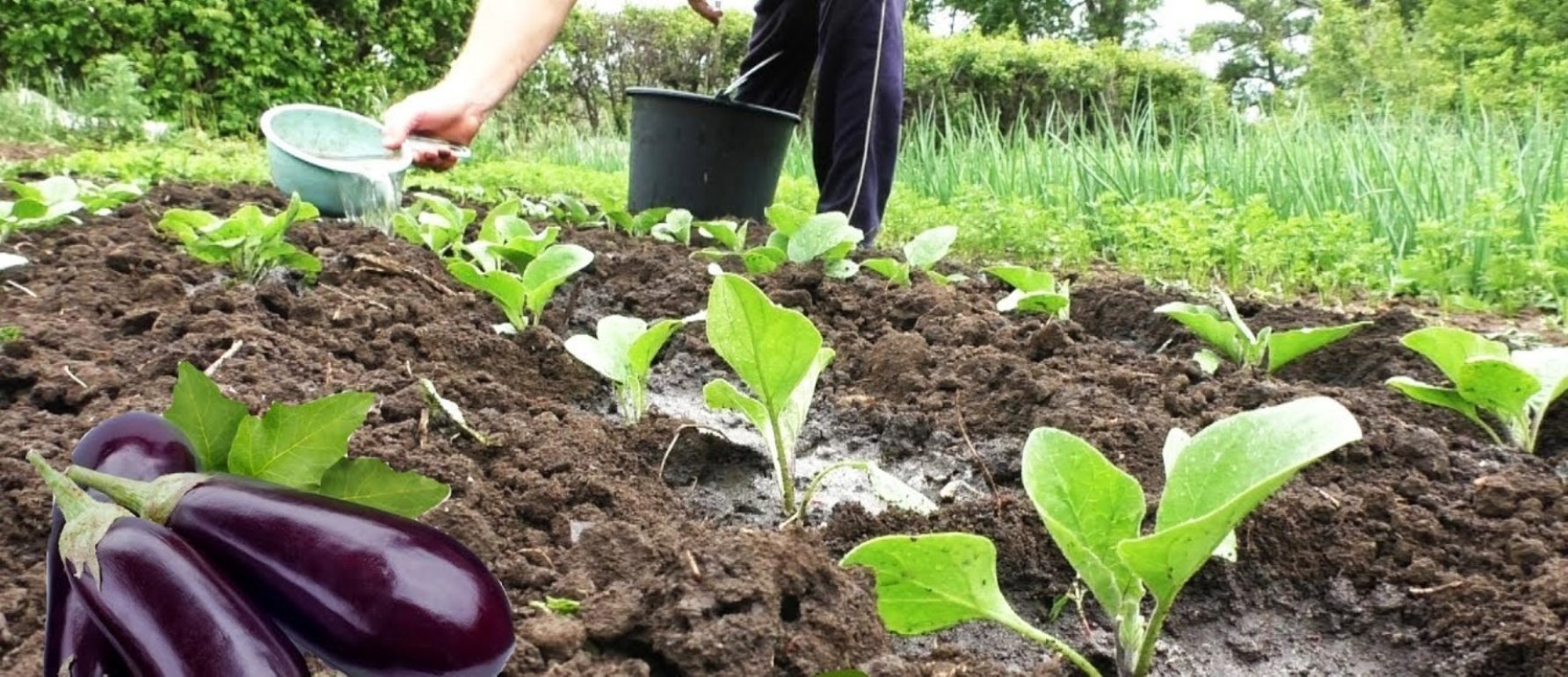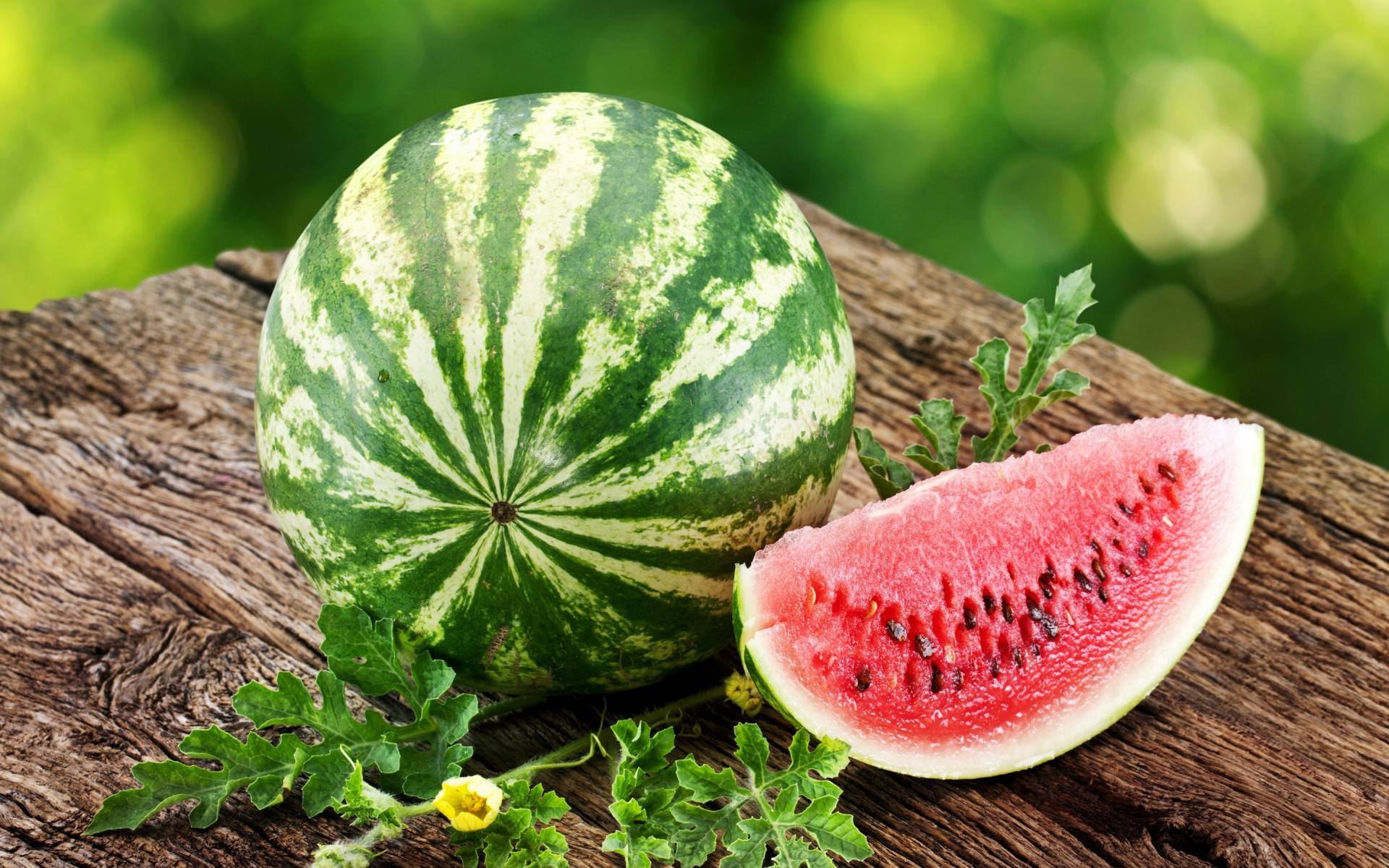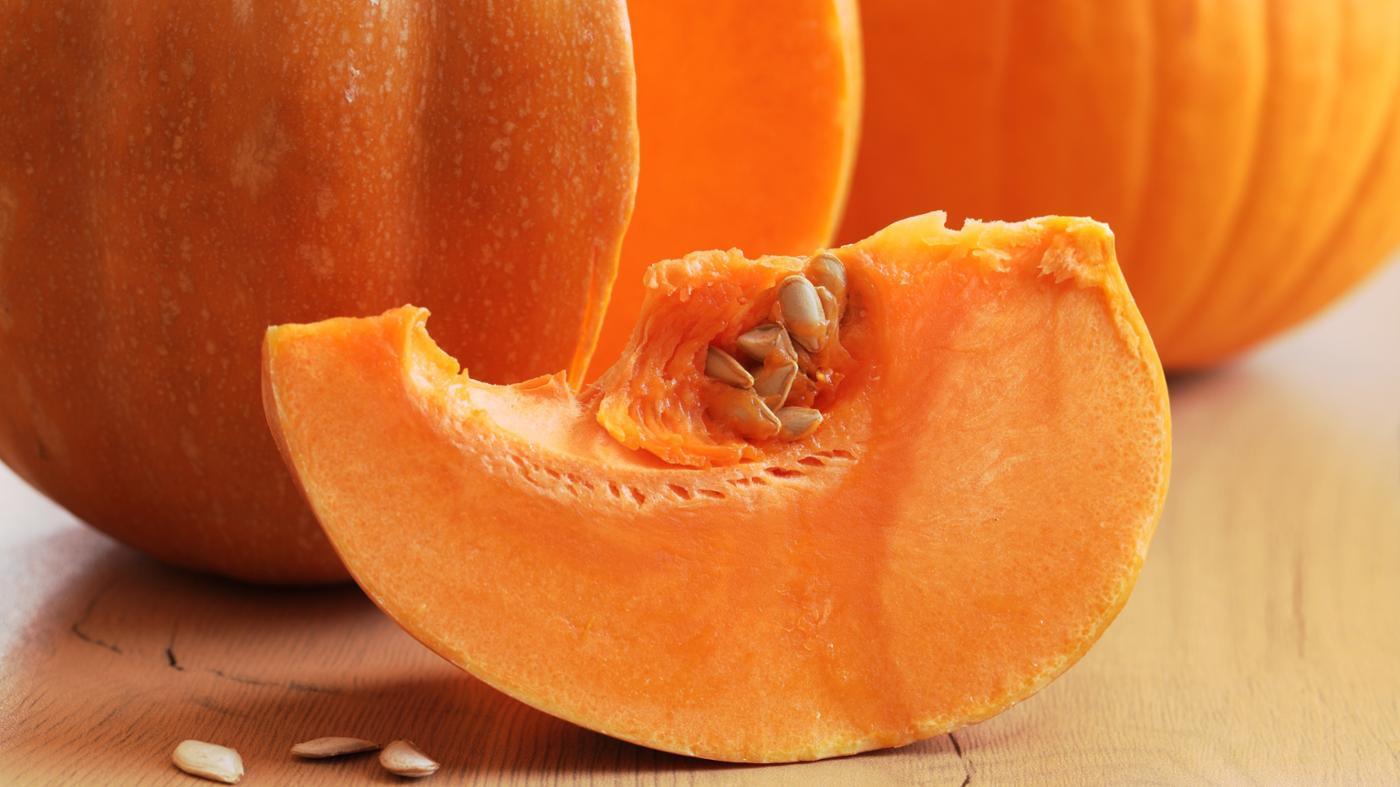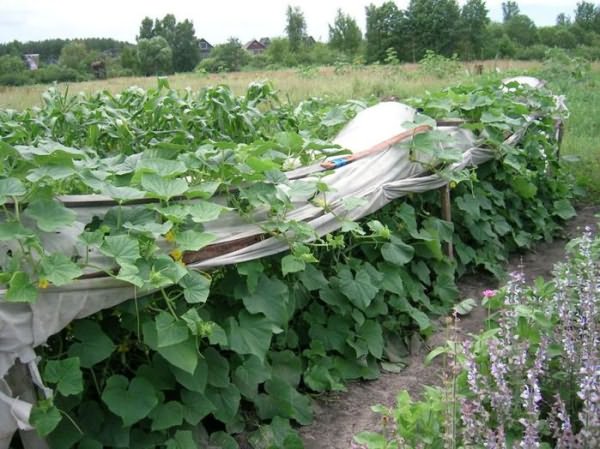Content:
They grow pumpkins on their own plots for themselves, for animal feed. If it is not possible to break up the beds in the garden, its bushes spread along the ground and do not allow weeds to break through, require minimal maintenance. In this case, the fruits of the plant are not important, in all the rest you need to know how to water the pumpkin in the open field to collect a bountiful harvest. The pumpkin rhizome is adapted for the accumulation of moisture and the plant somehow grows without watering, using the water stored during the rain. When growing crops for the harvest, watering is important, and the owners of the plots dig wells, install water pipes, or adapt to use spring, lake, river water. But you can't water the garden from any source, just as you shouldn't pour cold water under the bushes.
What water to water
In terms of chemical composition, rainwater is most suitable for irrigation. To collect it, during the rain, a variety of large-volume containers are placed under the gutters. The soil is irrigated by collecting water in buckets or pumping out with a pump. In this case, the issue of water temperature for irrigation is not relevant - everything is in order with it. The issue of the ecological purity of rainwater is relevant.
Not so simple and with water taken from natural sources. It can contain fungi, bacteria, and you need to make sure that it is safe for health.
Tap water and well water are prepared in advance for irrigation - in the evening they are poured into a container so that it can warm up, or they fill the tank before leaving the country.
Watering methods
The choice of method depends on the area planted with the crop. The soil of small ridges can be moistened by scooping water from a bucket and pouring it under a bush from a mug or irrigating the soil from a watering can. Manual watering with a hose is also suitable, but only for rooted bushes and using a nozzle.
The most labor-intensive and simple watering is automatic. As a rule, automation is installed in large gardens or fields of agricultural companies. Turning on and off the water supply for irrigation occurs on a schedule, you can program how much water should go for irrigation, the pressure and direction of water jets.
The most popular are irrigation holes and grooves. The hole method has become widespread due to a significant advantage - with a low water consumption, the rhizome is well saturated with moisture. Its downside was the laboriousness of the process due to the separate watering of each bush. Irrigation along the furrows does not have such a disadvantage - the liquid flows down the furrow made with a slope and saturates all the plants along it with moisture. Disadvantages of this method: high water consumption and insufficient moistening of the earth under the bushes.
Watering pumpkins in the heat
All plants do not tolerate heat without watering, pumpkin signals a constant lack of moisture by wilting of the leaves.To saturate the plant with moisture, when dry weather is established, the earth is moistened more often than usual - once every 2 days. On a hot day, a time is chosen for irrigating the soil when the sun's rays affect the plant as sparingly as possible - morning and evening.
Evening watering will still be optimal. In summer, the sun rises early and immediately gets hot, and burns appear on the leaves from the water, and the heated wet earth causes negative processes in the rhizome.
How to water during flowering
During flowering, the plant needs proper care so that pumpkins grow from the peduncles, and there are many of them. Pumpkin during the period of ovary formation is especially susceptible to watering, external climatic conditions, soil composition, and during flowering it needs the most comfortable conditions. It's easy to create them:
- Moisten the ground with necessarily heated water, pouring it in advance and giving it time to warm up.
- Loosen the soil around the bush weekly before watering.
- Once every 7 days, clean the pumpkin garden from weeds.
- During flowering and formation of ovaries (as a rule, this is July), once a week, thin out the ovaries, leaving the most promising - large and healthy, pinch climbing varieties. The time for pinching comes when 1-2 ovaries appear on the lash up to 10 cm in girth. Then the lash is shortened behind the ovaries and 4-6 leaves after them.
- Moisten the ground abundantly.
- Feed the plants regularly. The number of fertilizers is influenced by various factors, including the composition of the soil and the cultivated variety. It is enough to feed pumpkin bushes growing on fertile lands 2-3 times during the entire growing period (this crop is annual). If the soils are depleted, fertilizer should be applied at intervals of 10-14 days.
Varieties with a powerful bush require more nutrients, and agronomists, vegetable growers monitor the condition of the plant in order to feed it on time.
Despite the recommended weekly watering (more often in the heat), it is necessary to moisten the soil adequately to its condition - pathogens multiply in the excessively moist soil. Therefore, to the question "how often do you need watering pumpkin in the open field?" the answer is so often to prevent drying out and waterlogging of the earth.
Irrigation during fruiting
When the ovaries grow and turn into small pumpkins, the plant needs abundant watering. To get a good pumpkin crop, it is recommended to moisten the soil every 10 days, and more often during dry periods.
Watering pumpkins in August
By the end of summer, the pumpkins are ripe and harvestable. How to water a ripening pumpkin in August, and whether it needs to be done, interests the owners of pumpkin beds. They can relax in August - you need to moisten the ground only at the beginning of the month, and then stop watering.
At what interval to water the pumpkin
Pumpkin belongs to moisture-loving crops and does not tolerate a lack of irrigation. Excessively moist soil also negatively affects its development. Bushes grow poorly with a lack and excess of moisture. Since pumpkin is grown in different regions, then a specific answer to the question "how often do you need to water the pumpkin?" no. Usually gardeners answer vaguely - as often as the soil and summer with climatic features require. But watering should always be abundant.
Agrarians recommend the following irrigation scheme:
- during planting - water the first hilling 1-2 times in 7 days, pouring 8-9 liters of water under each bush;
- do not water the plant for the first 3 weeks after the germination of the planted seeds;
- renew soil moistening with an interval of 10 days;
- stop irrigation a month before harvesting.
Errors of vegetable growers when watering
The most common mistakes made by farmers who grow pumpkins in the open field are:
- watering during high solar activity;
- using cold tap water;
- waterlogging and insufficient watering of the soil;
- irrigation traumatic for young and immature sprouts;
- using a watering can and a hose without nozzles;
- watering with a stream of water at the root.
Because of these errors, the development of the bush slows down, the yield of the crop decreases, and the death of the plant is possible.
Growing tricks
It is impossible to harvest a bountiful harvest of tasty, juicy pumpkins without:
- Application of crop rotation rules. It is recommended to plant pumpkin plants in the old place only after 4-5 years. Crops that produce bountiful pumpkin crops are legumes and cruciferous plants.
- Nutrient formulations. Pumpkin crops are fed with mineral and organic fertilizers. Mineral dressing should be during the development of the bush with a high content of nitrogen and potassium, phosphorus during the formation of ovaries and ripening of pumpkins. Organic food is made from mullein, horse manure, compost, chicken manure, ash, peat. Special complex fertilizers, universal, prepared according to folk recipes are also used.
You can also feed the plant on the leaf. Treating the bush with a nutrient mixture after periods of bad weather without sunny days is effective. They quickly restore the plant after the adverse effects of bad weather. You can process the sheet:
- solution - 2 tbsp. l. fertilizers Kemir in a bucket of clean water;
- a liquid obtained by dissolving 10 g of urea in 10 liters of water;
- a solution prepared from potassium salt (15 g), superphosphate (40 g), ammonium sulfate (30 g) and a bucket of water.
When caring for a pumpkin with proper watering and feeding, it is possible to grow a bountiful harvest. It is important not to miscalculate yet with the variety, the pumpkin has a lot of them.
